Rose Castle is now opening its doors for people to host their friends, family and colleagues in a parallel way to the bygone eras of the 63 Bishops before them.
Nestled near the border of England and Scotland, Rose Castle has endured many wars during her time. But it has also been a place of hospitality, welcoming the royal court of King Edward I in September 1300 and the wandering poet William Wordsworth in 1803.
Embodying 800 years of history, Rose Castle has recently turned the page on a new chapter.
Rose Castle Company acquired Rose Castle and Gardens from the Church Commissioners in 2016. After three years of research and planning, renovations commenced in late 2019 to bring all bedrooms and bathrooms up to a 21st Century standard of comfort.

With an uninterrupted history, Rose Castle Company is just the third owner of Rose Castle since 1230.
Rose Castle is now opening its doors for people to host their friends, family and colleagues in a parallel way to the bygone eras of the 63 Bishops before them.
Rose Castle is now opening its doors for people to host their friends, family and colleagues in a parallel way to the bygone eras of the 63 Bishops before them.
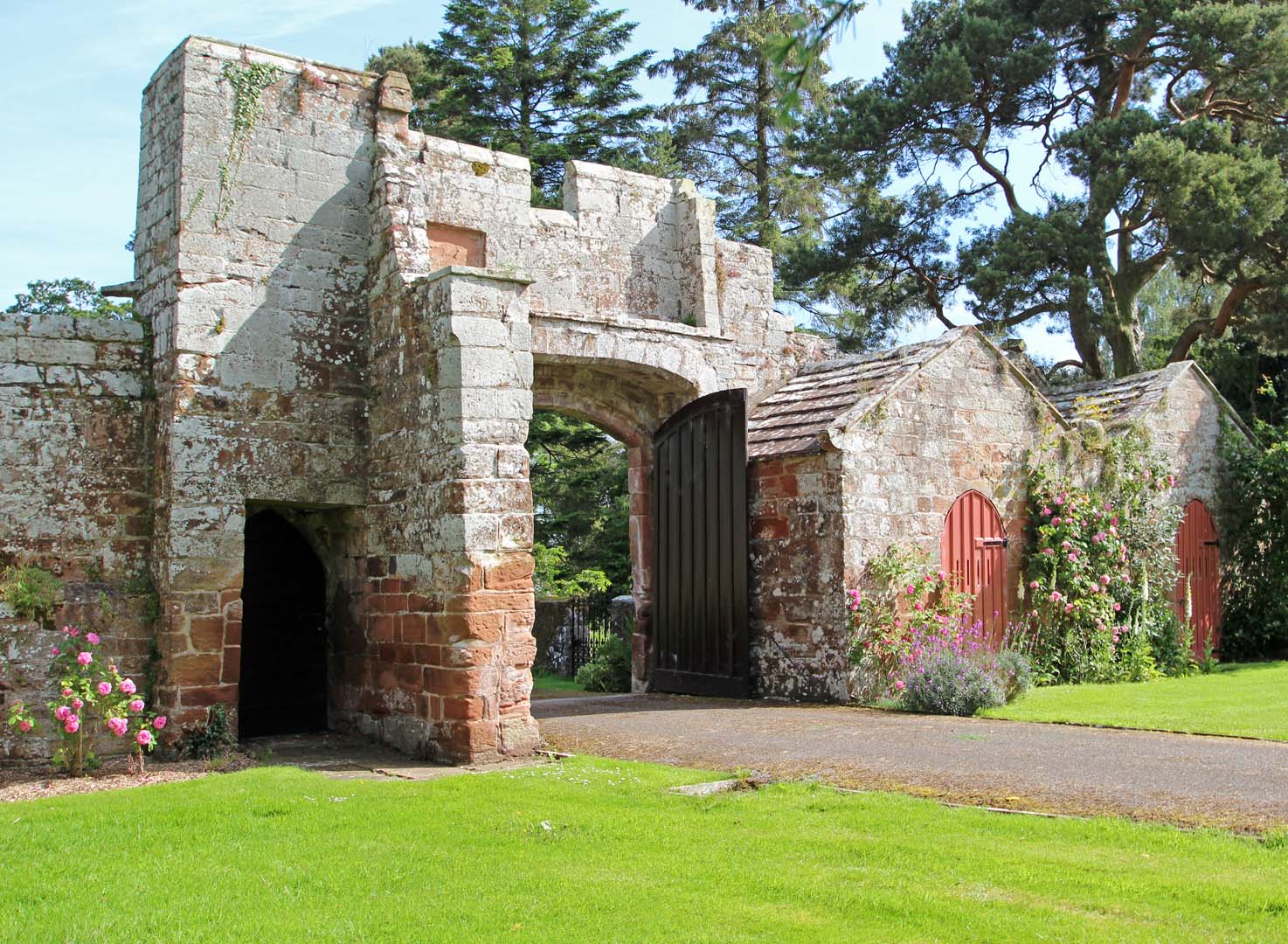
King Henry I created the diocese and the Cathedral of Carlisle in 1133. The establishment of the new diocese created the significant new post of bishop in the rapidly developing city of Carlisle. The person selected by King Henry I to fill this important post was Athelwold, his trusted confessor. Archbishop Bernard was appointed the second bishop of Carlisle in 1204, followed by Bishop Beaulieu in 1219.
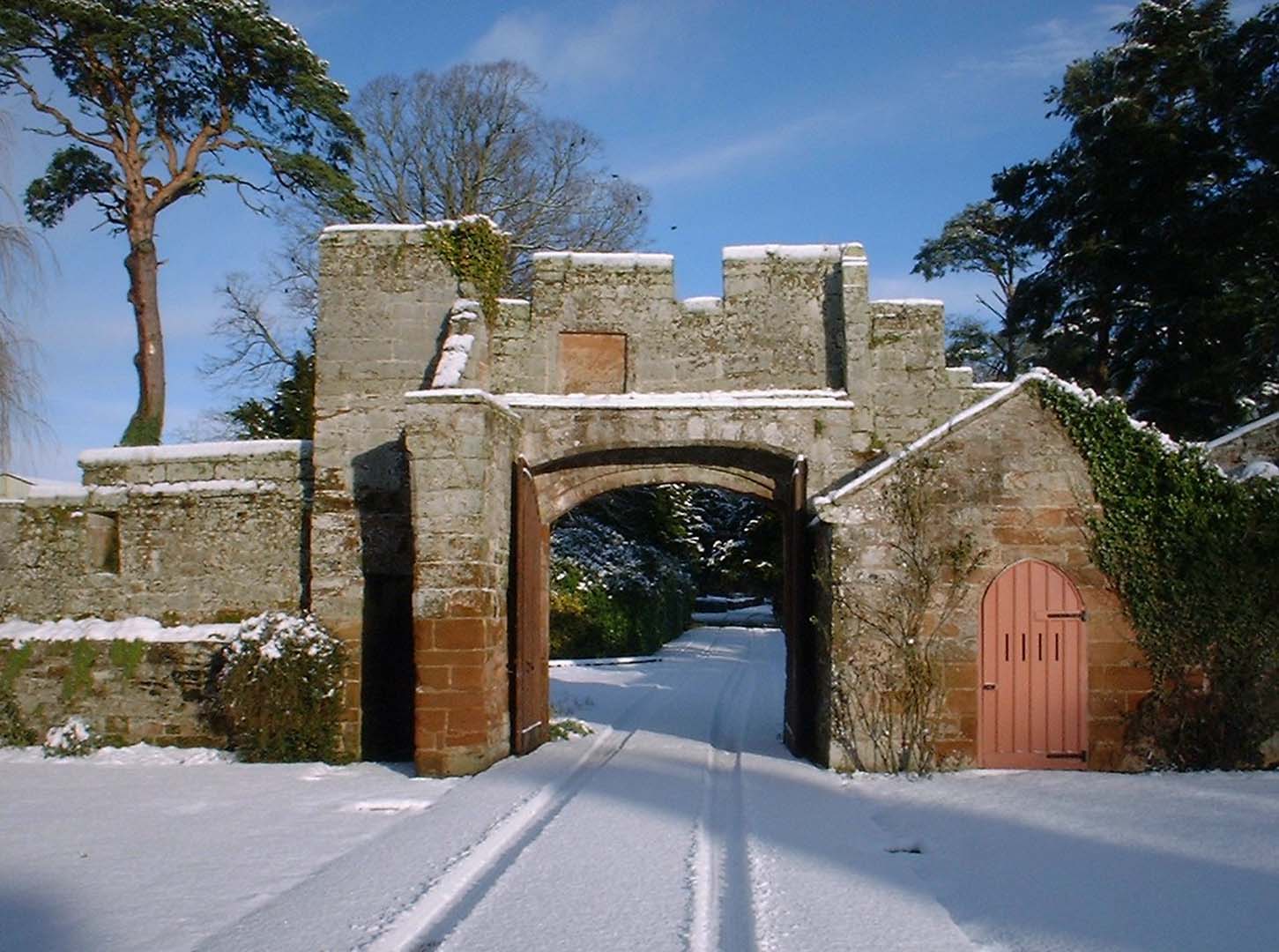
Walter Mauclerk became the fourth bishop of Carlisle in 1223 and was the first to occupy Rose Castle, having been granted the lordship of the manor of Dalston by King Henry III in 1230. It is not known what buildings, if any, were here when the land was granted to him. He will have set about building a residence suitable for his needs, likely in the form of a motte and bailey castle, consisting of a stone building on a mound, with a cluster of other buildings within a protective palisade.
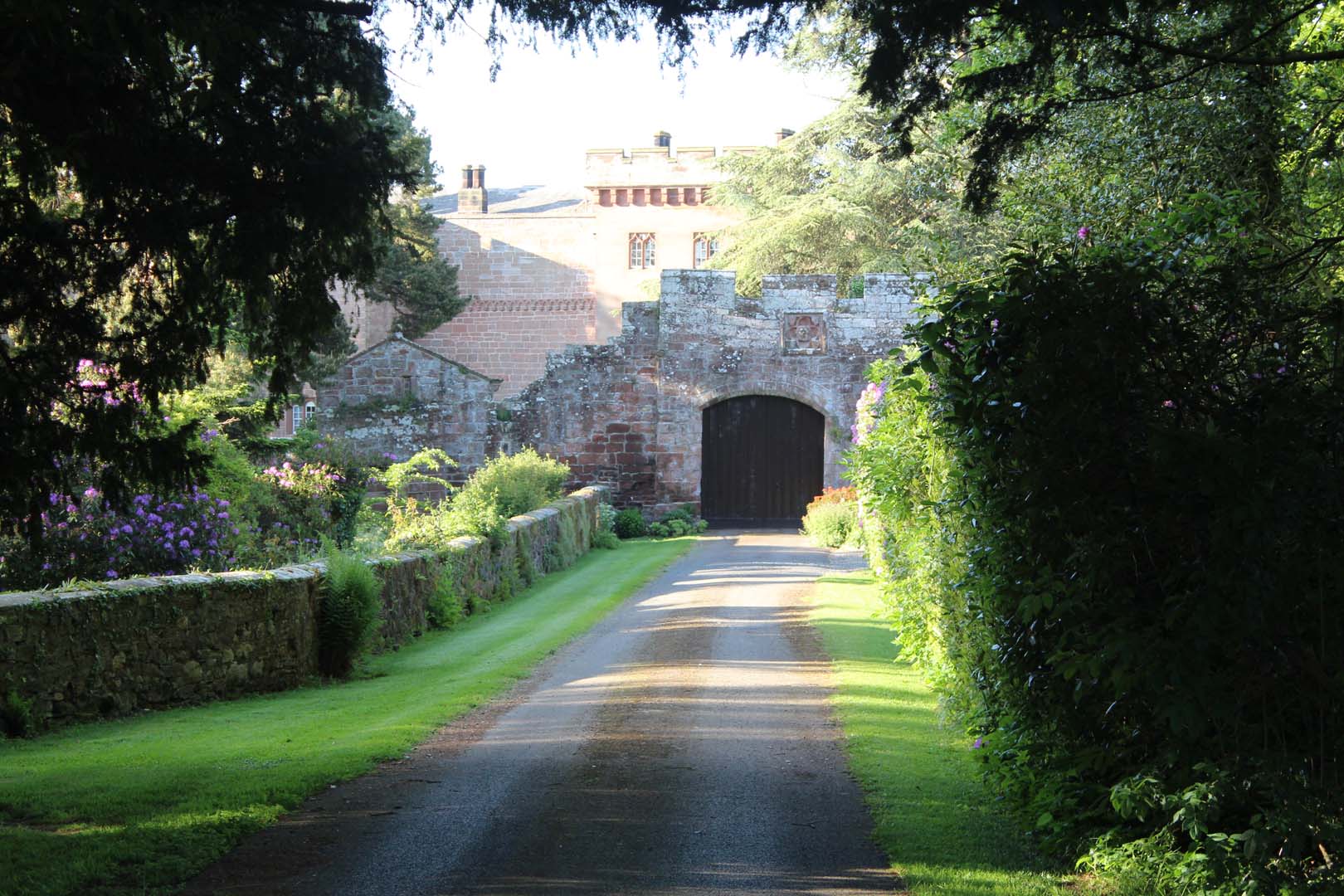
Bishop John Halton carried out important defensive works at the castle during hostilities between Scotland and England in 1296. Bishop John Kirby, appointed for his military skills, succeeded him in 1332. During his time as bishop Rose Castle was twice burnt by the Scots, in 1333 and 1337. Kirby was granted a licence to crenellate Rose Castle in 1336 to make it more defensive, but it wasn’t until Bishop Gilbert Welton’s residence that the plans went ahead to develop Rose Castle from a modest defensive building vulnerable to Scottish attacks into a substantial border fortress.
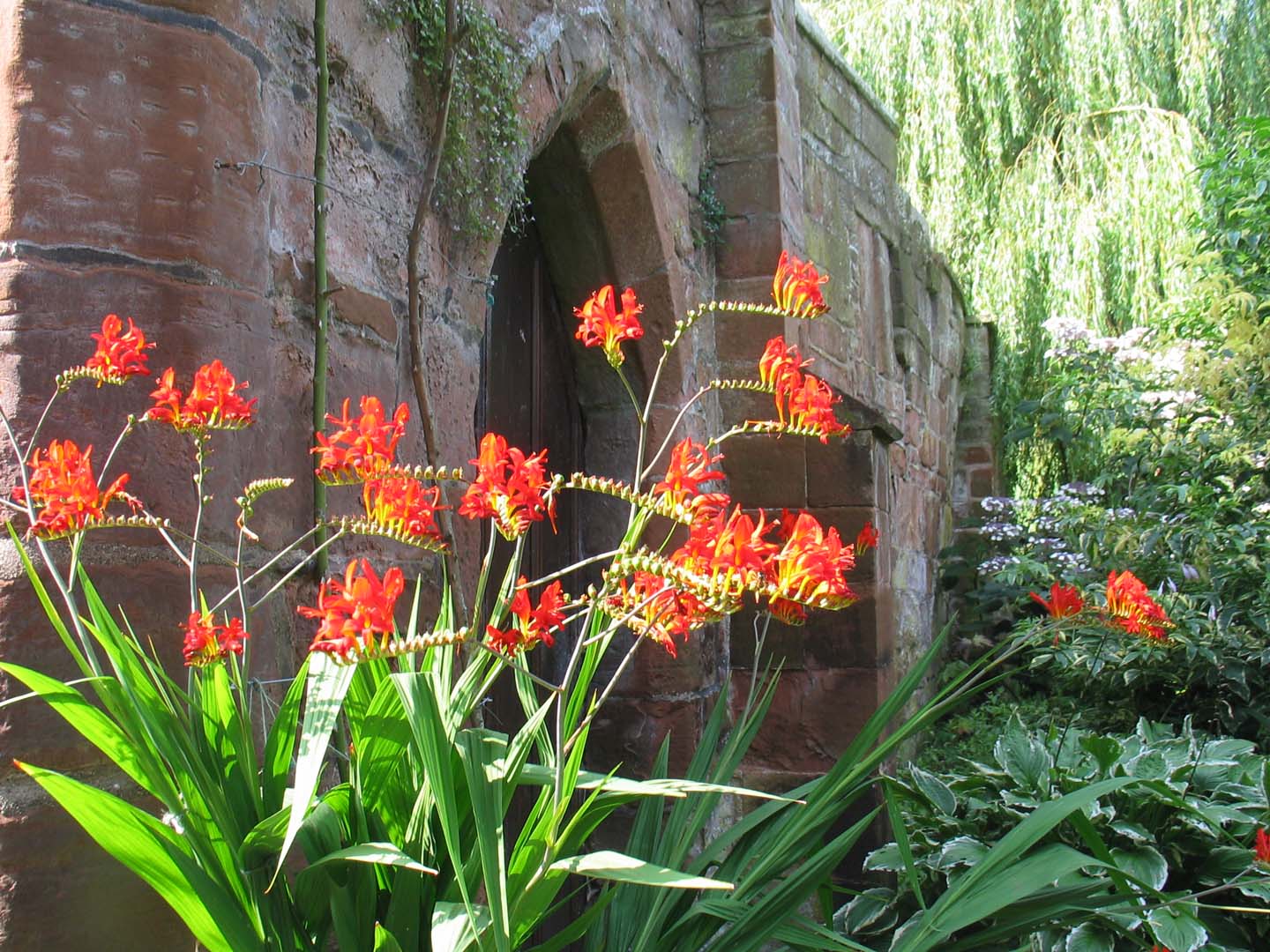
In the early 1400s, Bishop William Strickland undertook a number of significant building projects and his name is associated with Strickland Tower, presumably in recognition of some work done upon it by him. Richard Bell, the twenty-fifth bishop, spent substantial sums of money at Rose Castle in work which included the building of Bell’s Tower in 1488. Later, Bishop John Kite turned the formidable border fortress into an episcopal palace worthy of his position. Kite’s Tower provided a grander entrance than the medieval Portcullis Tower and the opening up of larger Tudor-style windows to replace narrow medieval slit windows, shedding new light into the building.
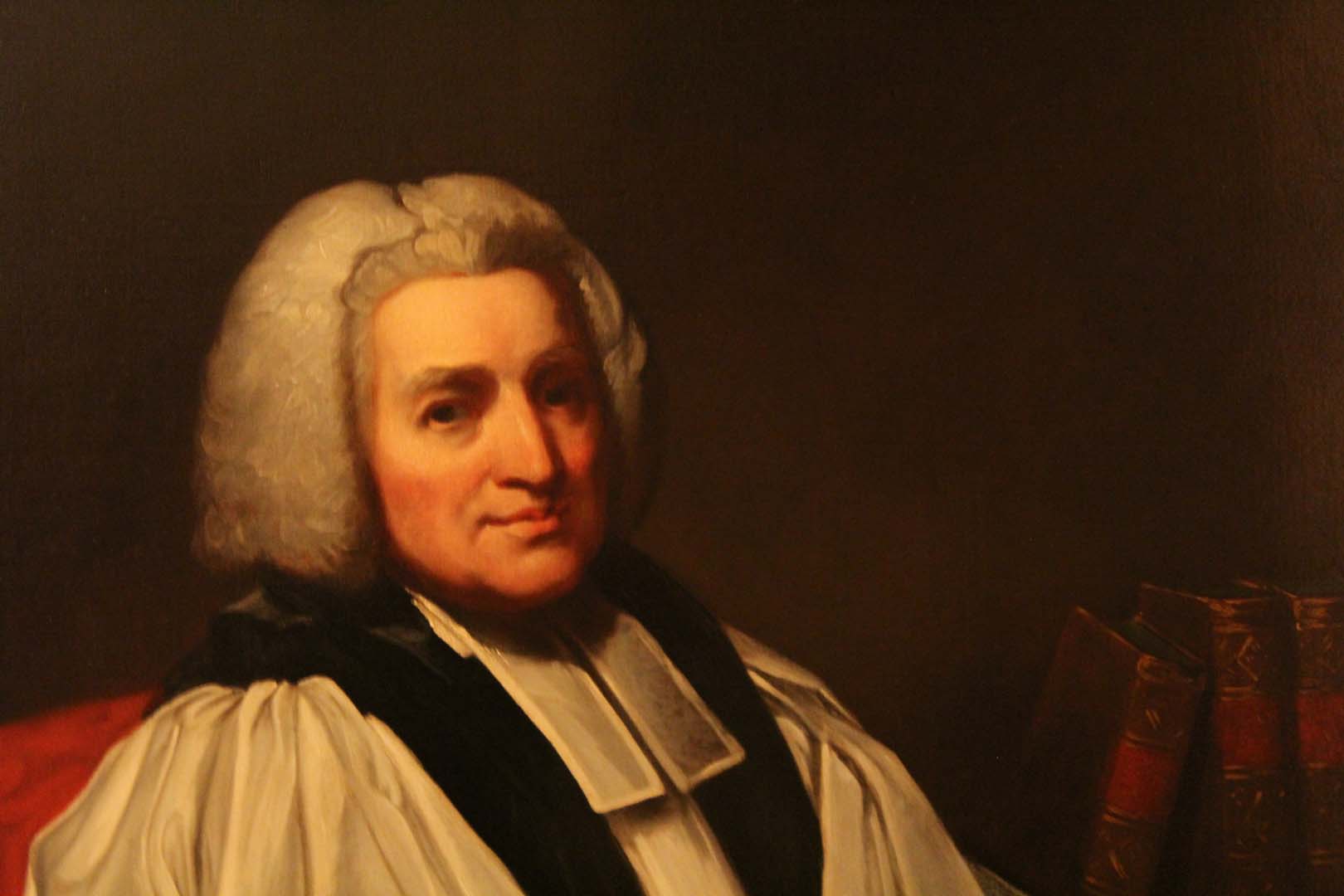
Bishop Owen Oglethorpe, who occupied the castle between 1557 and 1559, had the unique privilege of crowning Queen Elizabeth I, but died the following year after being put under house arrest due to his catholic sympathies. Archbishop Richard Sterne was the first to be appointed after the long civil war and Commonwealth when the country was torn apart by political and religious conflicts. He found Rose Castle in a very dilapidated state, reduced to less than half its original size.
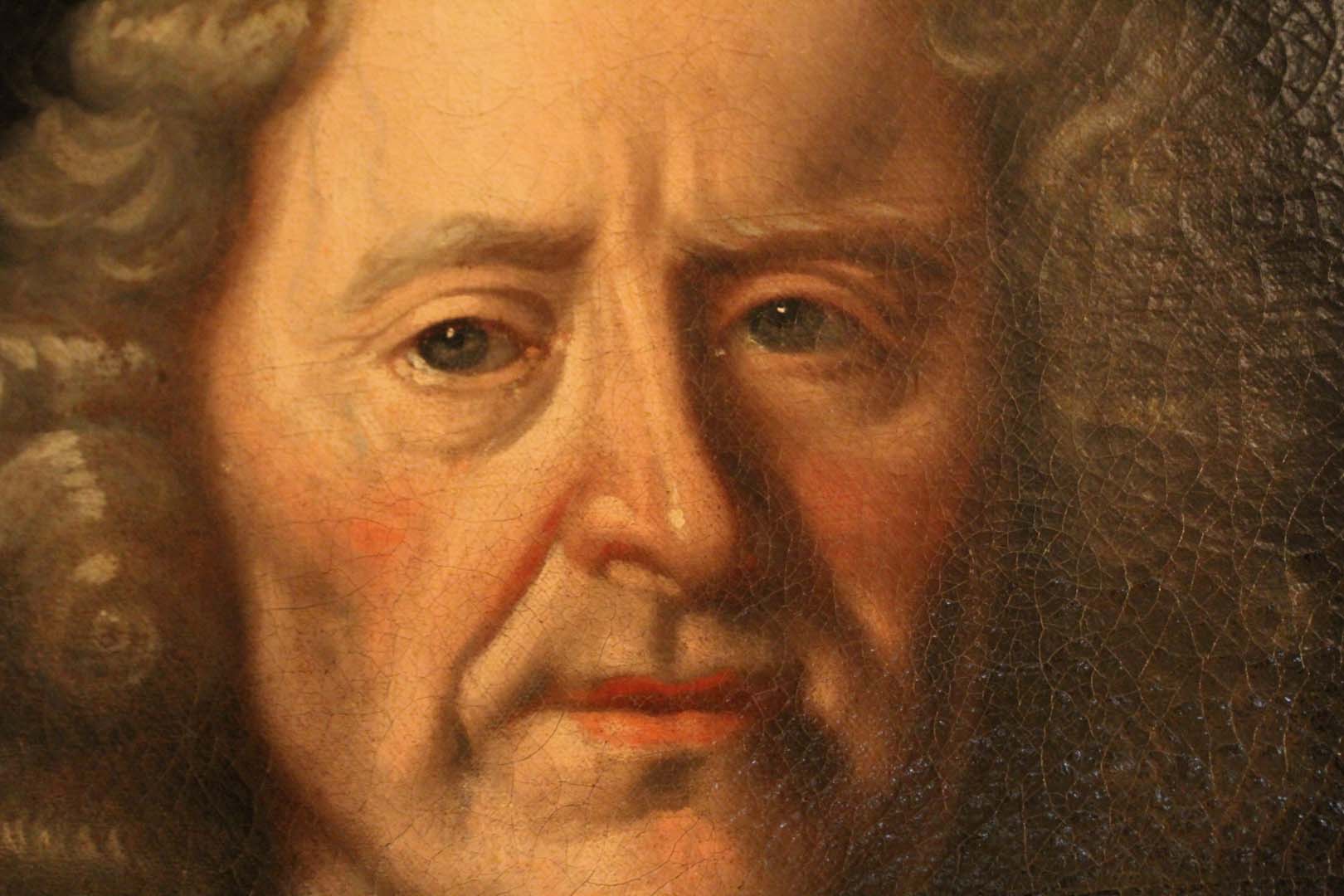
Bishop Edward Rainbow repaired and improved what remained of the castle and created a new chapel on the first floor. Thomas Smith continued the rebuilding in classical style after being appointed bishop of Carlisle in 1684. His main rebuilding project was the north west corner tower of the castle where there had been the medieval Portcullis Tower. This became Smith’s Tower. He also rebuilt the dovecote that bears the date 1700 and repaired the stables and boundary walls.
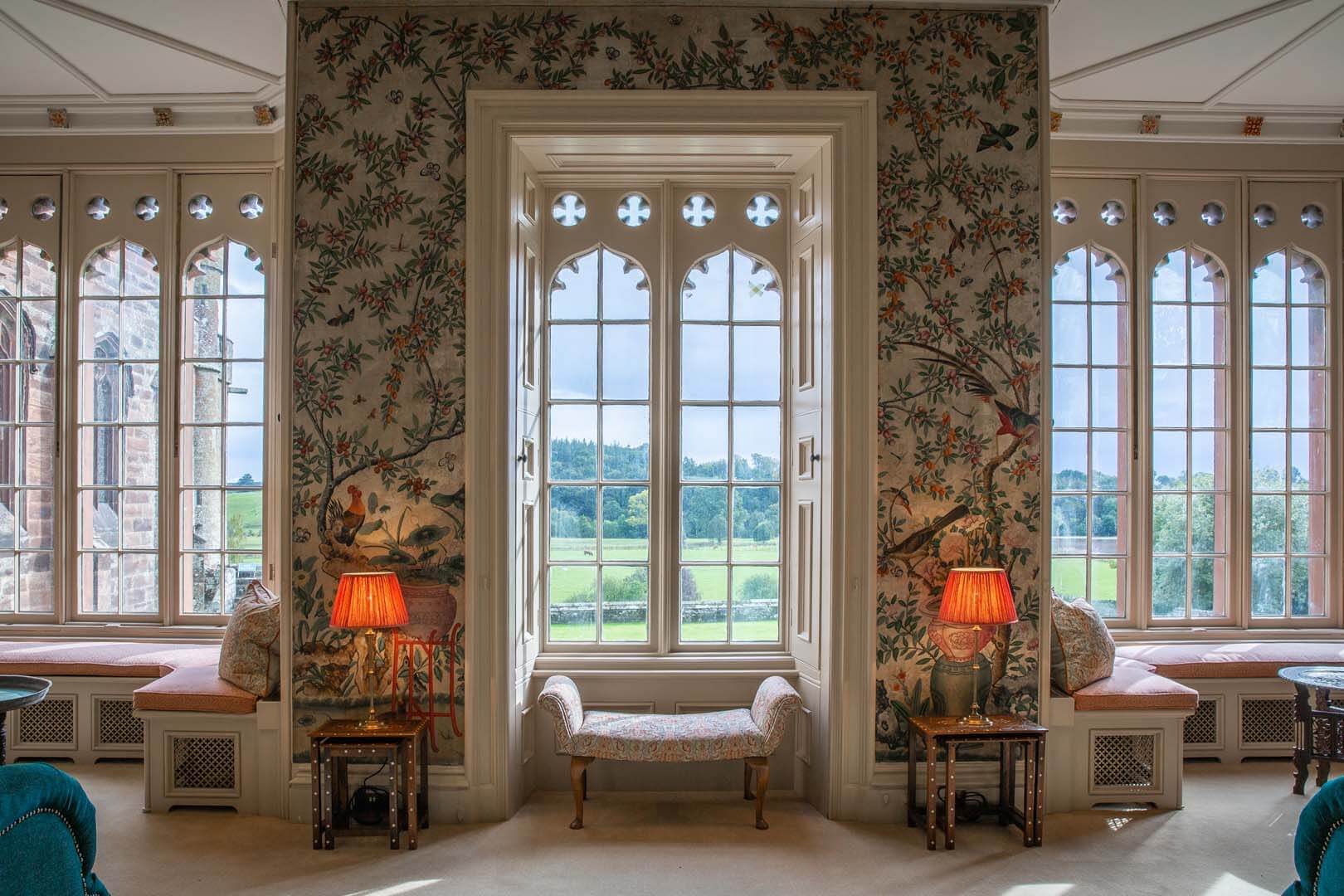
The energetic and multi-talented William Nicolson became the forty-fifth bishop of Carlisle in 1702. Sir George Fleming, succeeded him in 1734, and in 1768, the theologian Edmund Law became the fifty-first bishop of Carlisle and made a number of significant changes to the castle’s gardens and grounds. Bishop Edward Veneables-Vernon came next, and it is recorded that he and his wife Lady Anne lived at Rose Castle a life of true simplicity, making the castle a real family home and not just a summer residence. Ten of their sixteen children were born here.
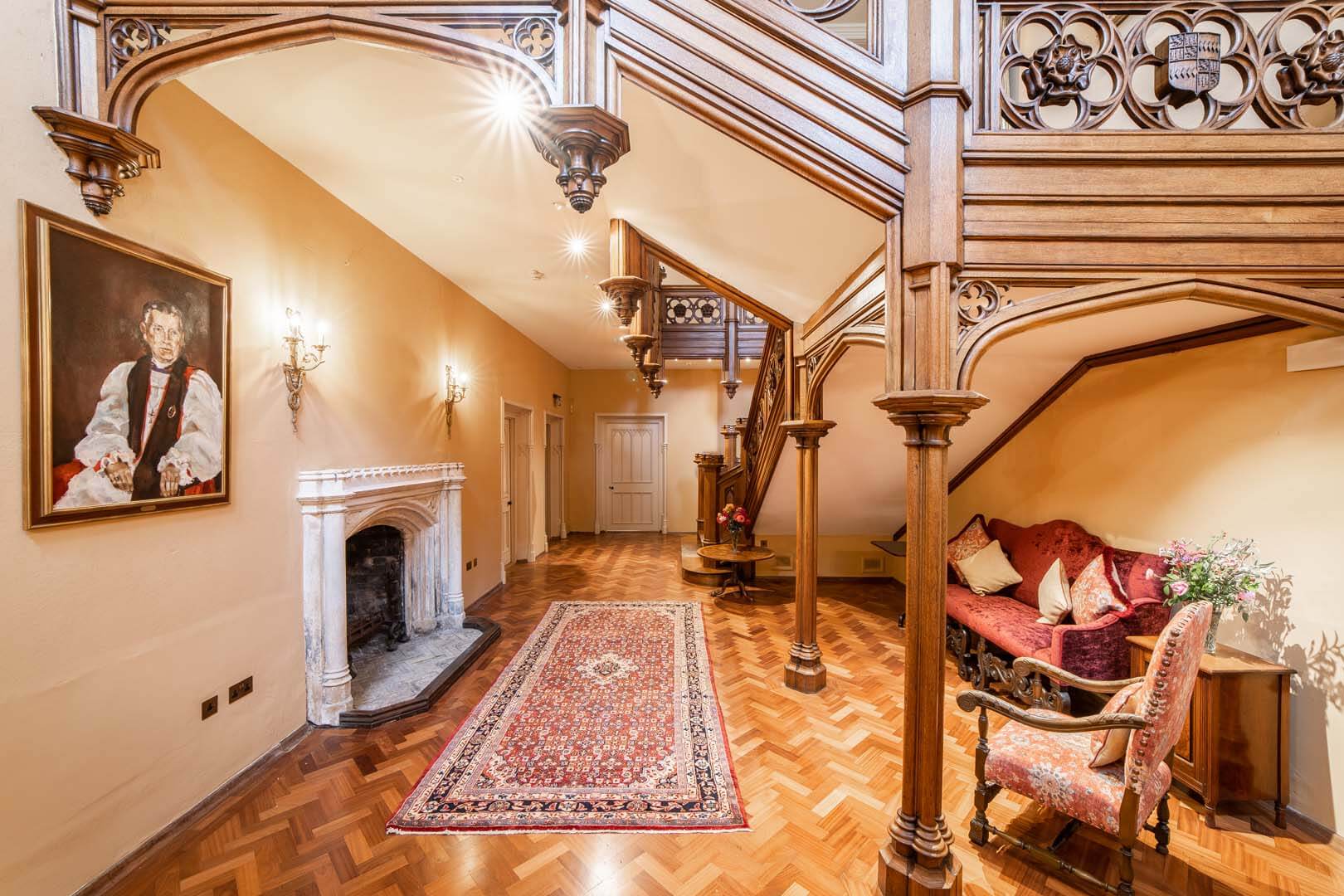
Samuel Goodenough was appointed bishop of Carlisle in 1807 and took great interest in maintaining the gardens of the castle. In 1827 Bishop Hugh Percy imposed a regency gothic style that he preferred to much of the existing west side of the castle, using the architect Thomas Rickman. The Chapel in particular reveals his taste, as do the main staircase and fireplaces in the State Dining Room. It was later, during Bishop Harvey Goodwin’s time, that stained-glass windows were put into the Chapel.
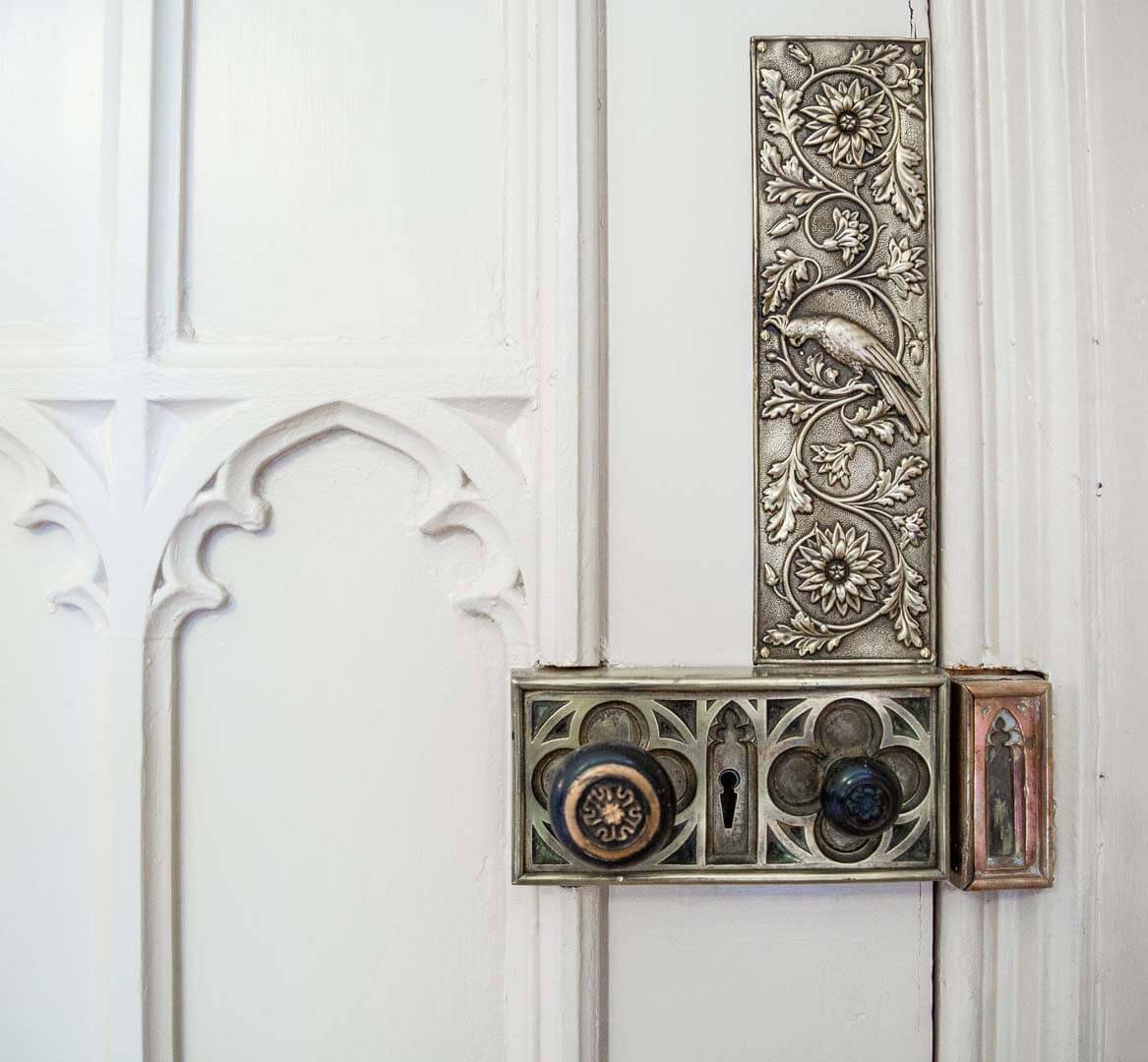
During the 1900s, mains water was put into the castle by Bishop Herbert Williams. Fuel shortages during the war forced the bishop to vacate Rose and move to Stanwix in Carlisle, and the castle was used as a store by The Ministry of Aircraft Production. In 1952, the Church Commissioners took over ownership of the castle from the bishop of Carlisle, renting it to him. In the late 1960s Bishop Cyrul Bulley restored the Chapel’s interior and redecorated the State Drawing Room. In the 1990s, Bishop Ian Harland put electricity into Strickland Tower and reopened the door of Kite’s Tower.
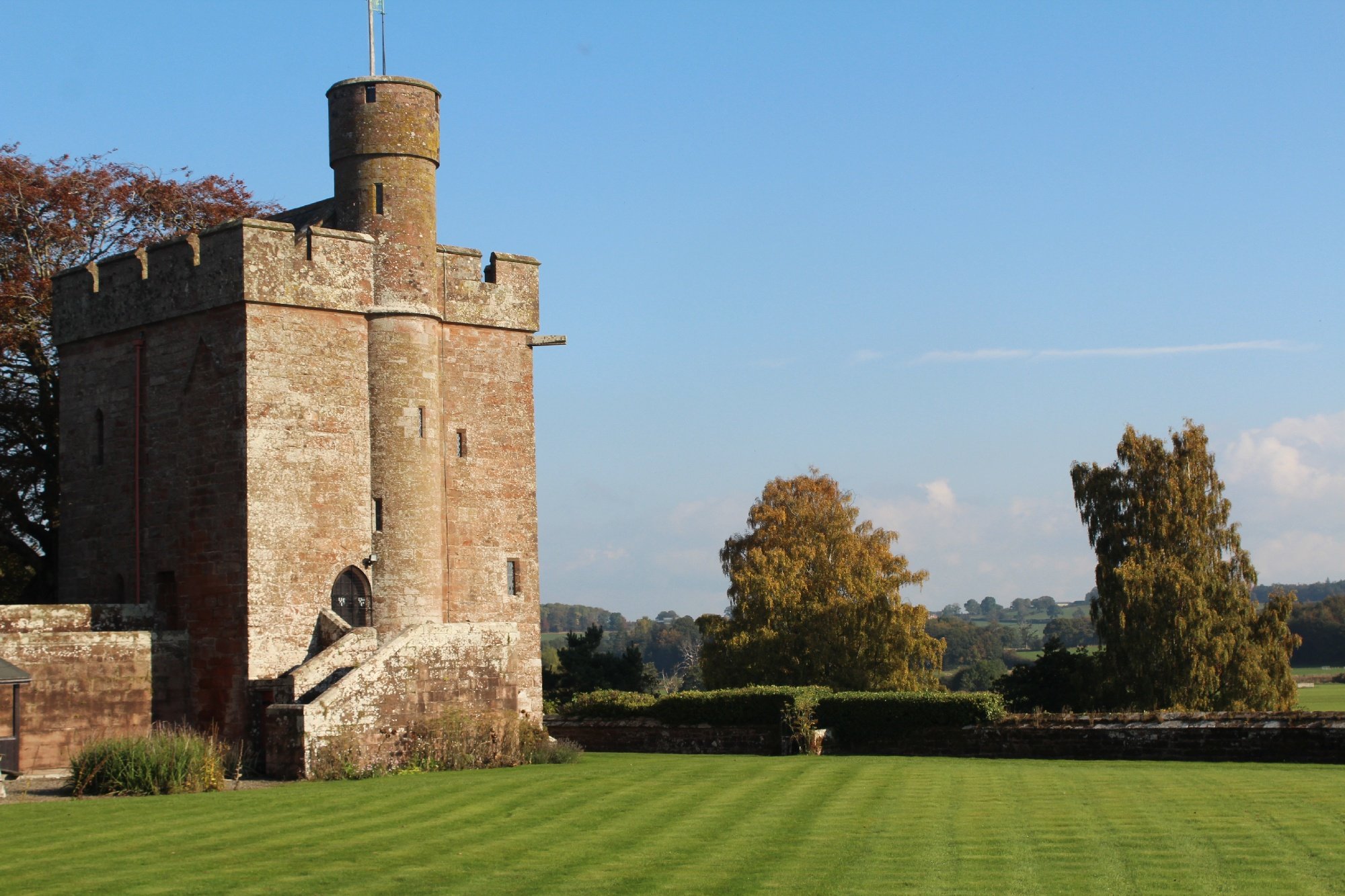
Bishop James Newcome became the sixty-seventh bishop of Carlisle in 2009. The decision was taken in consultation with the Church Commissioners and the diocese, that the bishop and his family would not take up residence at Rose Castle, but instead use the former vicarage of St. John’s Church, Keswick as the new bishop’s house. Rose Castle was bought in 2016 by Rose Castle Company for the use of the Rose Castle Foundation which is committed to reconciliation and conflict resolution.
The oak staircase, carefully restored over weeks and months, using timber sourced from around the castle. The original mahogany parquet floor, lifted, cleaned, and carefully reset. Each room decorated with Edward Bulmer paints, made from plant based natural materials, in keeping with the Rose Castle Company’s commitment to sustainability.
The handmade furnishings, giving each bedroom its own distinct personality. The shape of the headboards, mirroring the stone in the windows. And the bathrooms, built from respectful and authentic materials, cleverly designed to optimise light and space.

At Rose Castle, surprise and delight awaits you at every corner.
Award-winning architects Haysom Ward Miller inspected the castle from cellars to turrets, behind walls and under floors, to gather the strategy of the programme and detail of works to be done.
Carlisle-based building contractors Lambert & Gill led a multi-skilled team of local builders, mechanical engineers, engineering designers and joiners to replace electricity, water, heating, roof and lighting protections.
The restoration of the castle combines modern convenience with unpretentious classic luxury and style. State of the art technology, including high speed wifi, a cloud-controlled network and Smart speakers provide comfort and convenience. While the carefully restored original features, majestic decor and Victorian furniture tell the story of a different time and place.
Award-winning architects Haysom Ward Miller inspected the castle from cellars to turrets, behind walls and under floors, to gather the strategy of the programme and detail of works to be done.
Carlisle-based building contractors Lambert & Gill led a multi-skilled team of local builders, mechanical engineers, engineering designers and joiners to replace electricity, water, heating, roof and lighting protections.
The restoration of the castle combines modern convenience with unpretentious classic luxury and style. State of the art technology, including high speed wifi, a cloud-controlled network and Smart speakers provide comfort and convenience. While the carefully restored original features, majestic decor and Victorian furniture tell the story of a different time and place.
Rose Castle
Dalston
Cumbria
CA5 7BY
01228 642980
hello@rosecastle.com
Registered Number: 10261035 in England & Wales. Registered Office: Rose Castle, Dalston, Carlisle, Cumbria, England, CA5 7BY
© Rose Castle Company Limited 2025. Privacy Policy | Terms and Conditions